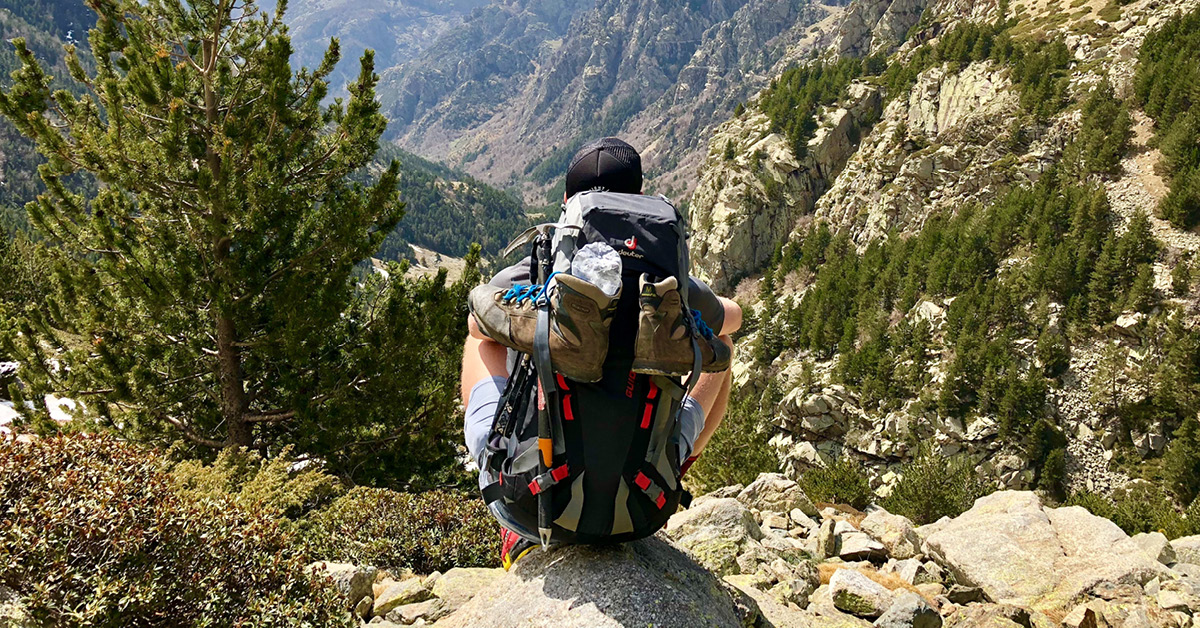How to prevent and treat foot blisters
Outdoor Activities | March 28, 2024
Win a trip to Crete by becoming an Explore + member
SAIL
April 23, 2021

The right shoes and the proper backpack are an excellent basis for preparing a hike. But, gearing up with essentials that will increase your momentum and guide you well are even better! Let’s dive in and take a look at some hiking accessories that’ll make your time out on the trails more enjoyable, both in summer and winter.
Check out our Hiking Guide to discover more tips about this popular activity that can be done both in summer and winter.
You’ve already chosen between hiking boots and hiking shoes and selected the hiking backpack of your dreams? You’ll need more than just that to create the most comfortable and safest hike possible. Follow along as we guide you through some key items.
No matter your skill level, hiking poles can be a very useful accessory for both ascents as well as downhills.
Tips to pick the right ones:
Depending on the type of terrain you plan to walk, or the season during which you do your hiking – winter, or a transition season like spring or fall – you’ll absolutely benefit from acquiring some crampons for increased stability on rocks or on slippery surfaces, and to avoid slipping on wet snow or an ice patch. These must-haves are practical for both ascents and downhills, so don’t forget to toss them into your bag before heading out.
Most crampons are offered in various sizes and attach onto your hiking boots or shoes. Favour metal crampons if you will be walking on rocky ground; they’ll offer more durability.
When trying them on in store, read the description carefully and bring your hiking boots or shoes with you to test them out. Don’t hesitate to ask all your questions to a SAIL team member, who can help guide you to the right choice.
Contrary to popular belief, gaiters aren’t solely for winter use. They’re an all-season accessory that protects your boots and hiking shoes in addition to repelling rain and dreaded pebbles that somehow always manage to find a way into your shoes.
Many models go all the way up to the knee while others are shorter and better-suited to trail running; allowing for freedom of movement for the legs and feet. If you use gaiters in the summertime, make sure they are waterproof enough, but also breathable so you don’t get too hot. Finally, check to see if the gaiters have a hook that allows you to attach them to your laces. You won’t have to replace them constantly since they’ll stay in place securely.
It isn’t only your hiking boots or your hiking shoes that should keep you comfortable. Your socks should, too!
This is where selecting them with care comes in. Simple cotton socks aren’t the right choice for high-intensity sports. They absorb humidity without wicking it to the outside. The result? Your feet will be damp and won’t dry quickly, so your skin will rub against your socks and shoes and create blisters.
Tips for selecting them and maintaining your socks:
Though these accessories will not offer you more comfort or performance during your hike, they’ll be super practical when it comes to your safety.
A compass will point you north, and possibly help you find your way if you are lost. A GPS device will allow you to consult maps without needing to be connected to the internet, and even sometimes communicate with friends and family, or emergency services via satellite if you find yourself out of cell phone service reach.